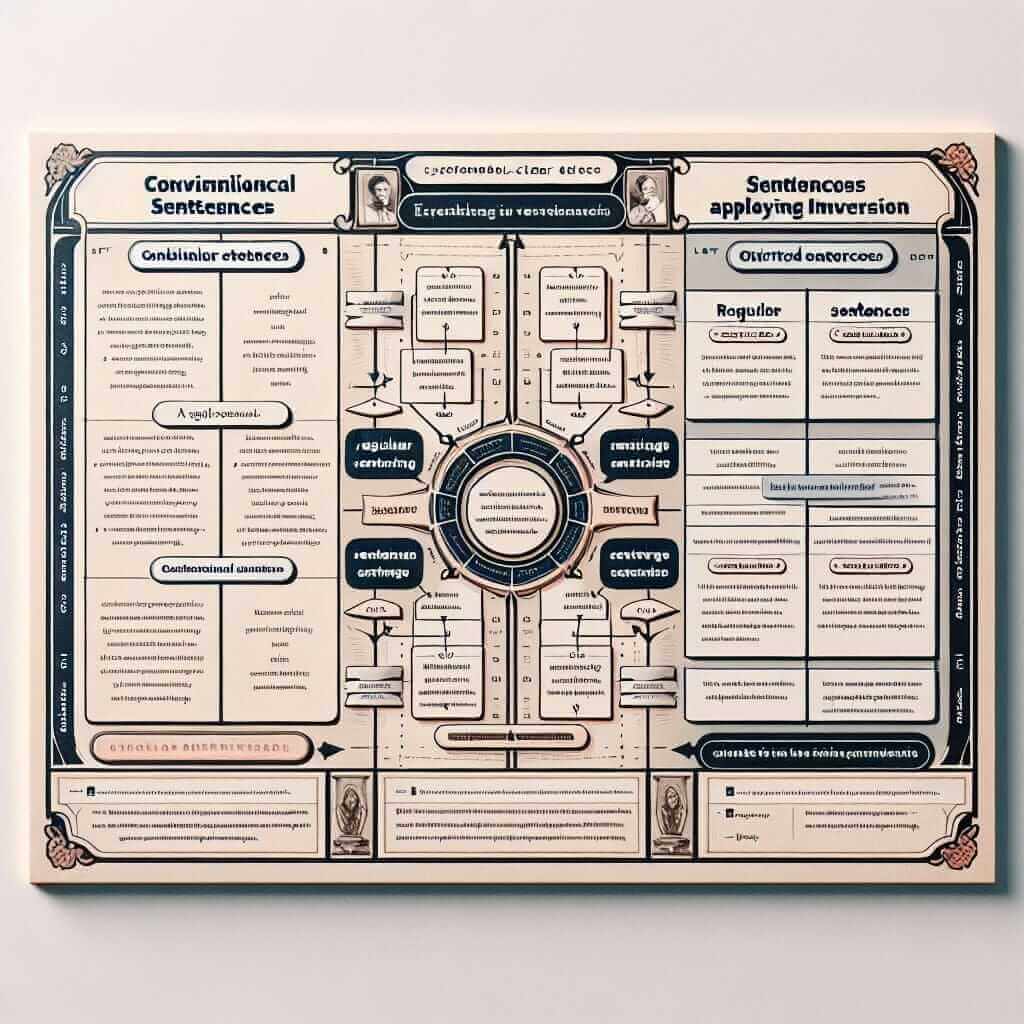“In no way could he have known the answer” – this sentence structure, while grammatically intriguing, can leave many IELTS aspirants puzzled. Mastering such advanced grammatical structures is crucial for achieving a band score of 7 or higher in your IELTS exam. This article delves into the intricacies of inversion, particularly focusing on phrases like “in no way,” empowering you to wield them confidently in your writing and speaking.
Let’s consider a few examples of how this structure might appear in different sections of the IELTS exam:
Speaking Part 3:
Examiner: “Some people believe that history repeats itself. What’s your opinion?”
You: “Well, in no way can we predict the future with absolute certainty, but I do think we can learn valuable lessons from the past…”
Writing Task 2:
…While technology offers numerous benefits, under no circumstances should we allow it to erode our privacy…
Listening Section:
Narrator: “The expedition faced numerous unforeseen challenges. At no point did the leader consider giving up…”
In each of these examples, the inverted structure adds emphasis and a touch of sophistication to the language.
Understanding Inversion
Inversion is a grammatical tool used in English to add emphasis, formality, or literary flair to a sentence. It involves reversing the typical subject-verb order, often beginning the sentence with a negative or restrictive adverbial phrase. This technique is particularly useful in creating complex sentences, a key requirement for achieving a higher band score in IELTS writing and speaking.
The Mechanics of Inversion
Formula:
Negative/Restrictive Adverbial Phrase + Auxiliary Verb + Subject + Main Verb
Let’s break down the formula:
- Negative/Restrictive Adverbial Phrase: This sets the tone of the sentence and often expresses negation, limitation, or condition. Examples include “in no way,” “under no circumstances,” “never before,” “rarely,” “scarcely,” “hardly,” “no sooner,” etc.
- Auxiliary Verb: This is a helping verb like “do,” “does,” “did,” “have,” “has,” “had,” “can,” “could,” “will,” “would,” etc. The choice of auxiliary verb depends on the tense and form of the main verb.
- Subject: This is the performer of the action.
- Main Verb: This is the action being performed.
Examples:
-
Normal sentence: He could have known the answer under no circumstances.
-
Inverted sentence: Under no circumstances could he have known the answer.
-
Normal Sentence: She had never seen such beauty before.
-
Inverted Sentence: Never before had she seen such beauty.

Applying Inversion in IELTS
Writing Task 2:
- Instead of: “Governments should not ignore the potential consequences of climate change under any circumstances.”
- Use: “Under no circumstances should governments ignore the potential consequences of climate change.”
Speaking Part 3:
- Instead of: “We rarely consider the long-term impact of our actions.”
- Use: “Rarely do we consider the long-term impact of our actions.”
Listening:
You are more likely to encounter inversion in the Listening section rather than needing to use it yourself. However, understanding the structure will help you to decipher the meaning of more complex sentences.
Elevating Your Score with Inversion
Using inversion correctly demonstrates your command over complex grammatical structures, a key factor in achieving a higher band score. It adds variety and sophistication to your language, making your writing more engaging and your speaking more eloquent.
Common Pitfalls and How to Avoid Them
- Incorrect auxiliary verb: Ensure the auxiliary verb agrees with the tense and form of the main verb.
- Overuse: Use inversion sparingly for emphasis; overusing it can make your writing sound unnatural.
- Incorrect punctuation: Remember to insert a comma after the introductory adverbial phrase.
Conclusion
Mastering inversion can significantly enhance the quality of your IELTS writing and speaking. By understanding its mechanics, practicing its application, and being aware of common errors, you can confidently incorporate this advanced grammatical tool to express yourself with greater clarity, emphasis, and style. Remember, the key is to use it judiciously and accurately. Now that you’ve unlocked the power of inversion, keep practicing and watch your IELTS score soar!